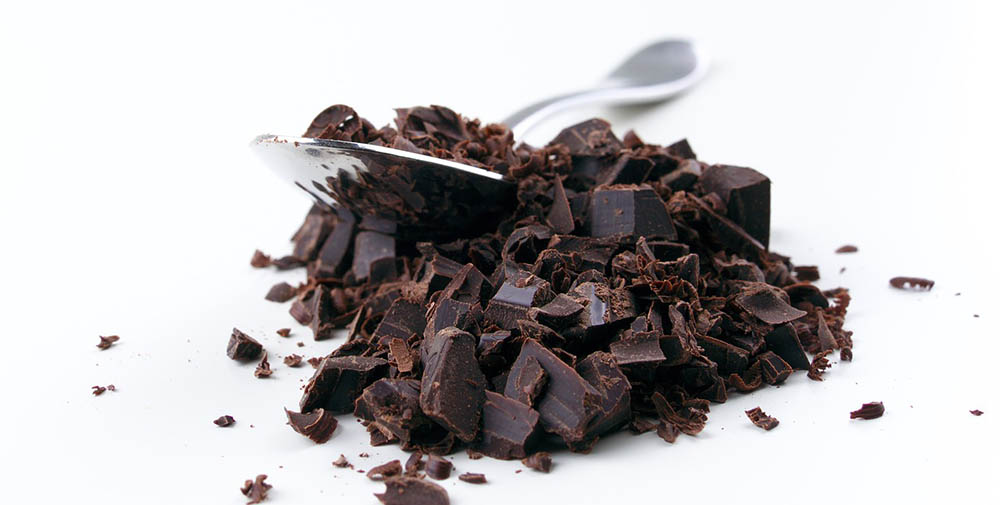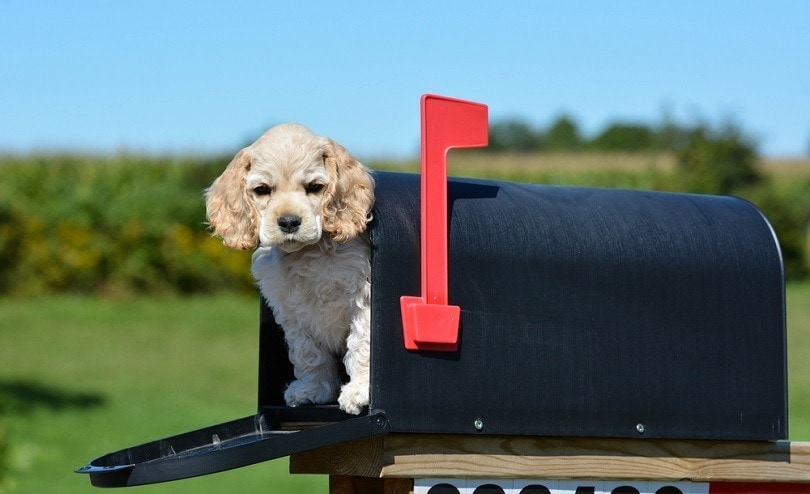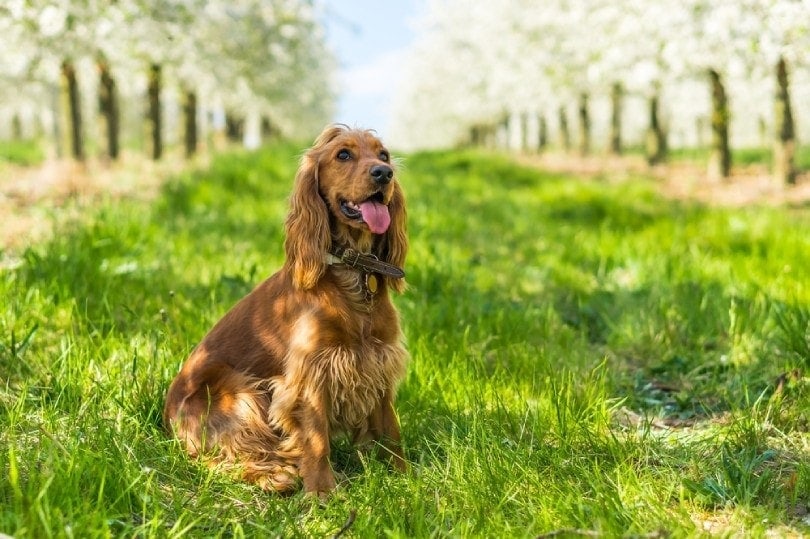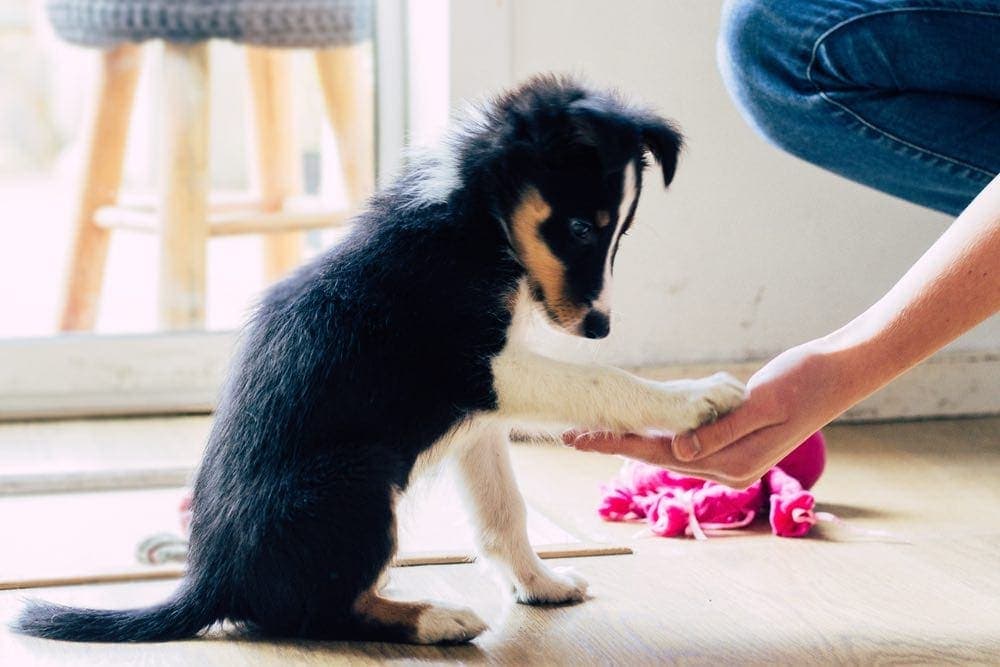Wondering what to do if your dog ate chocolate? You’ve come to the right place! For many of us, our dogs are just another member of the family who we happily share our homes (and food) with. However, it is very important to remember that although chocolate is a delicious snack for us, it can be very harmful to our dogs.
We all know how difficult it can be to resist a piece of chocolate and unfortunately, this applies to dogs too! Accidents can happen and pet owners are often faced with the worry about what would happen if their dog ate chocolate. Because of this, it is a good idea to know what symptoms to look out for when a dog eats chocolate, when to seek veterinary advice, and how to keep our pets as safe as possible from this potentially toxic treat!
Why is chocolate dangerous to dogs?
Chocolate contains two dangerous chemicals – theobromine and caffeine. Although these two substances have a similar effect on the body, the most toxic chemical in chocolate is theobromine. This is because there are high levels of theobromine in chocolate, and its effects last for a long time in dogs. Dogs are not as good at breaking down theobromine as we humans are, so the levels of theobromine build up in the blood.
Unfortunately, this means dogs are very sensitive to theobromine and it can cause lots of health problems. It can affect the heart, guts, muscles, kidneys, and brain. Although chocolate poisoning is rarely fatal in dogs, even a small amount of certain types of chocolate can cause serious illness.
However, even if your dog hasn’t eaten enough chocolate to cause poisoning, the high sugar and fat content of chocolate may cause other issues such as a stomach upset or pancreatitis (inflammation of the pancreas). So, you should always contact your veterinarian for advice if you have any concerns.

How much chocolate is toxic to dogs?
It’s safest not to give your dog any chocolate or any food which contains chocolate. Unfortunately for our dogs, this includes chocolate chip cookies, chocolate cake, chocolate brownies, and even chocolate ice cream!
However, it isn’t easy to keep an eye on our pets all the time and it doesn’t take long for a dog to eat a piece of chocolate before we even have the chance to realize it. The amount of chocolate that a dog can eat without becoming unwell depends on the type of chocolate and the size and breed of the dog.
If a dog eats a dose of 9 milligrams per pound of body weight, then they are at risk of chocolate poisoning. Different types of chocolate contain different amounts of theobromine. For instance, cooking chocolate and dark chocolate contain lots of theobromine, so even a small amount of these types of chocolate can be very harmful.
Cocoa powder and cocoa beans contain even more theobromine and are extremely toxic. For example, a couple of grams of cocoa powder may be enough to cause seizures in a small dog, so even a lick may be harmful! On the other hand, milk chocolate contains less theobromine than dark chocolate and pets may not need treatment if they have only eaten a small amount. White chocolate contains very low levels of theobromine and is rarely toxic to dogs, so it generally doesn’t need any treatment.
What are the signs of chocolate poisoning and when do they start?
The signs of chocolate poisoning in dogs vary depending on how much they have eaten. The signs can vary from mild to more severe problems. Symptoms of chocolate poisoning normally start within 6-12 hours after the chocolate has been eaten.
Some of the signs you may see if your dog has eaten chocolate include:
- Vomiting
- Diarrhea
- Drinking more
- Rapid breathing
- Salivating
- Restlessness
- Incoordination
- Tremors
In severe cases, chocolate can damage the kidneys, affect the heart, and cause seizures and other problems. Sadly, chocolate poisoning can be fatal in very serious cases, although this is rare.
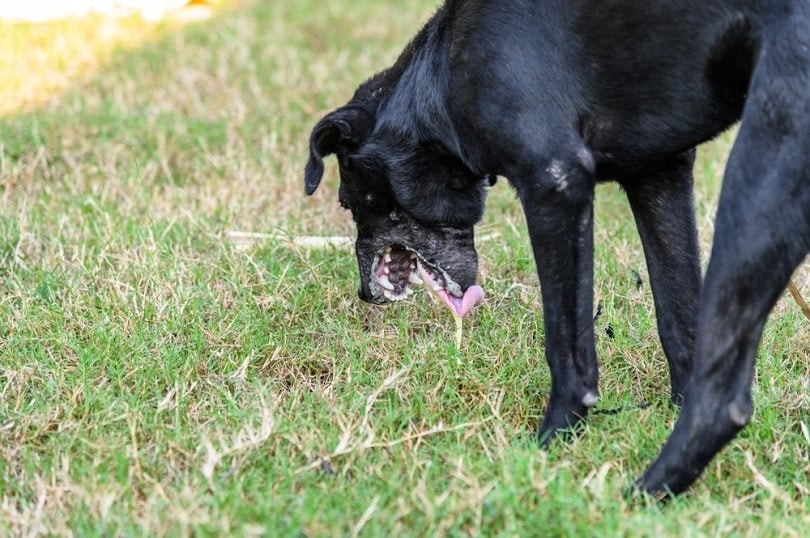
What should I do if my dog has eaten chocolate?
1. Prevent your dog and any other dogs in the household from eating more chocolate.
This is important, especially if there has been a spill. It might be easier to shut animals out of the room rather than try to clear up straight away, as you’ll need to work out how much chocolate has been eaten.
2. Use an online chocolate toxicity calculator.
There are chocolate toxicity calculators available online, which may help you to calculate how much chocolate is too much for your dog. However, these are designed only to act as a guide, and it can be difficult to work out how much chocolate your pet has eaten.
3. Contact a veterinarian.
Even if your dog seems fine at the time, it may be that urgent treatment is needed to stop him from becoming unwell. So, if you are in any doubt about whether your dog may have eaten some chocolate, it is always safest to call the nearest open veterinary clinic for advice. Your veterinarian will be able to calculate if your dog has eaten enough theobromine to cause a problem and guide you through what treatment, if any, is needed.
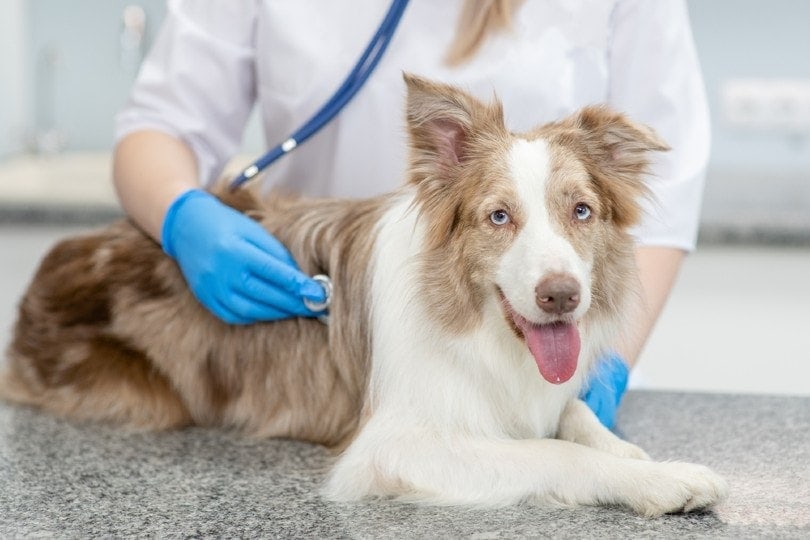
What information do I need for my vet?
In order to help your veterinarian decide if your pet needs treatment, it is very useful to have certain information ready. In cases of chocolate poisoning, time is of the essence so try to call your veterinary clinic as soon you can when you notice that your pet has eaten chocolate.
If possible, try to make a note of:
1. How much chocolate your dog has eaten?
This can be difficult to work out so don’t worry if you don’t know exactly. As a general rule, a small, wrapped piece of chocolate is around 0.17 ounces. A small bar of chocolate is approximately 1.4 ounces, and a large bar is usually around 7 ounces.
2. What type of chocolate has been eaten?
Check out the wrappers or the ingredients section of a box of chocolate for more information. Remember that some variety packs of chocolates may contain other dangerous ingredients such as raisins or xylitol, so keep an eye out for these too.
3. When they ate it?
This is important because it affects what treatments your veterinarian may advise. You don’t need to be extremely precise, just a rough idea of how many minutes or hours ago the chocolate was eaten is very useful.
4. How much your pet weighs?
If you aren’t sure, check out any recent paperwork such as a vaccination card from your veterinary clinic. If you have some weighing scales at home and can comfortably and safely lift your dog, then it may be possible to weigh yourself holding the dog, then weigh yourself without the dog to work out how much your pet weighs.
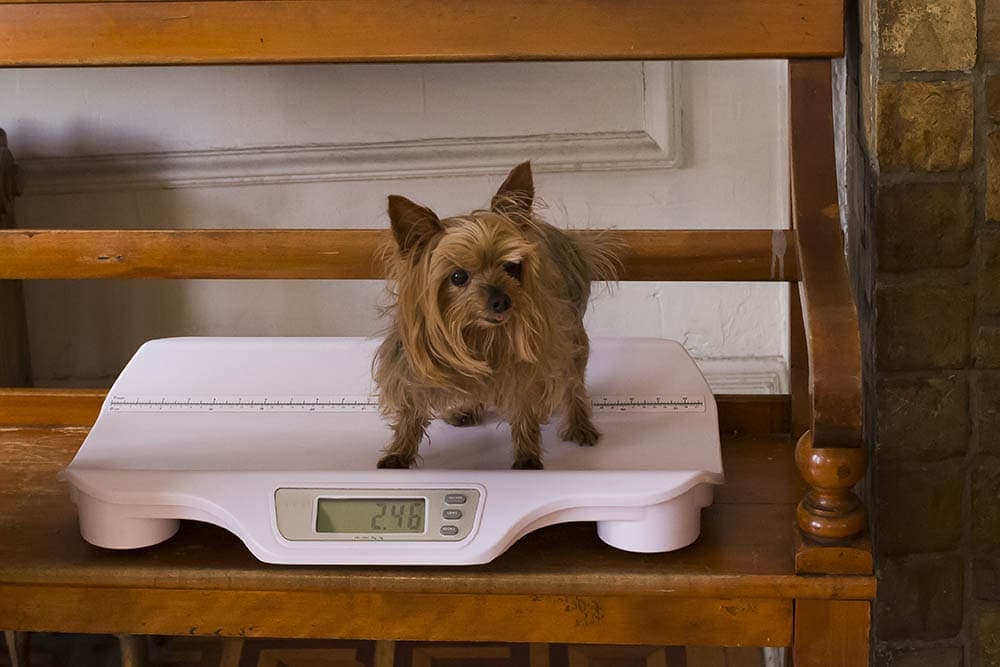
What will a vet do?
Initially, your vet will examine your dog to assess for signs of chocolate poisoning. Then, treatment generally aims to remove as much chocolate as possible from the body. Depending on when the chocolate was eaten, your veterinarian may give an injection to make your dog vomit. As unpleasant as this sounds, removing the chocolate from the stomach helps to protect your pet from the effects of theobromine. This may prevent the more serious health problems which can develop if chocolate poisoning is left untreated. As well as this, a medication containing ‘activated charcoal’ may be prescribed. This is a liquid medication that is given multiple times by mouth and works by absorbing chocolate toxins from the gut.
In more serious cases, your vet may recommend hospitalizing your pet to provide ongoing supportive care. This often involves giving fluids into the vein through a drip. In some cases, a vet will need to provide oxygen and treat any seizures. Sometimes medications are given to help control the heart rate and rhythm and blood pressure. The length of hospitalization will vary depending on how poorly your dog is, ranging from a day to several days in some cases.
Can I give any treatment at home if my dog has eaten chocolate?
There are generally no effective treatments that you can give if your dog has eaten a toxic amount of chocolate. It is not advisable to make your dog sick yourself unless a vet specifically instructs you to do so as this can be dangerous. For example, certain breeds are prone to aspiration pneumonia (a serious infection caused by inhaling vomit into the lungs) or if a dog has neurological signs, then vomiting can be dangerous. It is always advisable to contact your veterinary clinic first before giving any treatment at home. Veterinarians can guide you about whether your pet is at risk of chocolate poisoning, and then provide safe and effective treatments if needed.
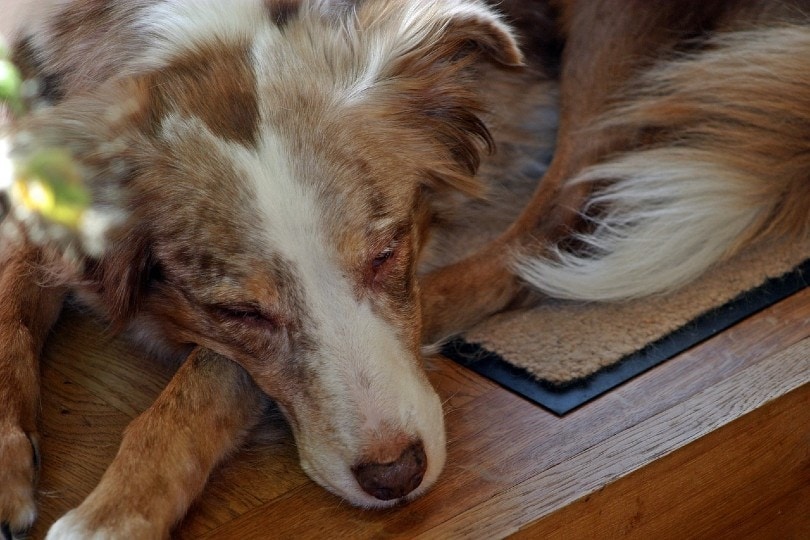
How can I keep my pet safe from chocolate poisoning?
1. Keeping chocolate out of reach
It is important to make sure all chocolate foodstuffs including cocoa powder and hot chocolate are stored in sealed containers where the dog cannot reach them, like in a pantry or high cupboard. Also, make sure your dog can’t get to the post before you do! Letterbox presents (often containing chocolate) are very popular these days, so it is a good idea to put something in front of your letterbox to catch the delivery before your dog gets hold of it!
2. Making family and friends aware
Family members and visitors should be reminded that chocolate is toxic to dogs so it isn’t for sharing, and that chocolate shouldn’t be left out on the counter or tabletops. It is safest to not give children any chocolate in areas where pets could potentially eat it if some were accidentally dropped on the floor.
3. Special occasions
Be especially careful around events such as Christmas, Easter time, Halloween, and birthdays when there’s usually more chocolate around the house. For example, it can be easy to forget that stockings and Christmas presents may contain chocolate and are in easy reach of your dog’s paws under the tree! Chocolates may be accidentally left behind after Easter egg hunts, so it is best to make sure dogs are kept out of the area and make sure all eggs are accounted for before dogs are allowed back in.
4. Training
Teaching your dog the command “leave it” can be useful in case he manages to stumble across some chocolate on the ground when out for a walk or if any is dropped in the house.
5. Alternative treats
If you would like to give your dog a treat on a special occasion, then there are lots of alternative tasty treats available for our precious pooches. It is possible to buy dog-friendly chocolate which doesn’t contain any cocoa. However, remember that just like for us, eating too many treats can be damaging to our pets because of the high calorie count, so this should be a rare treat only. Toys, fuss, and attention are going to be just as well received and, in many cases, are the healthier option for our beloved pets.
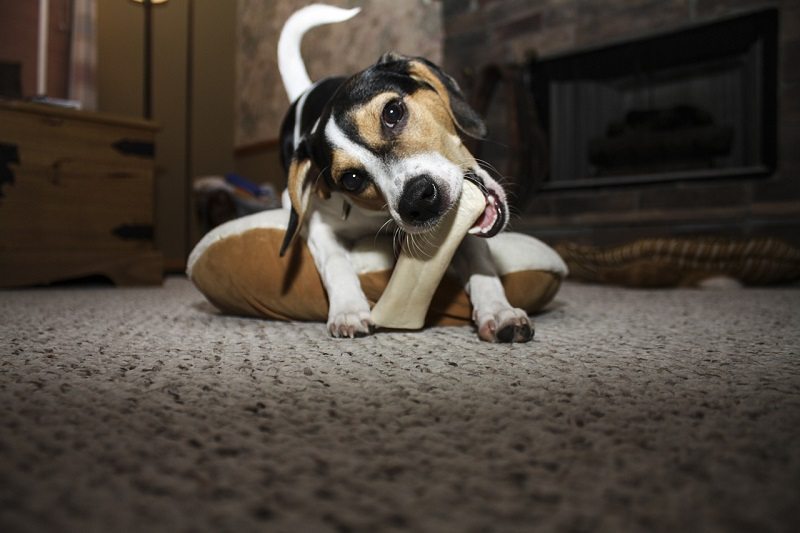
Conclusion
Hopefully, you now know what to do if you think your dog has eaten chocolate. It’s best to call your veterinary clinic right away if you suspect your dog has eaten chocolate, as quick treatment is best. Finally, protecting your dogs by storing any chocolate safely out of reach, and never giving chocolate as a treat is always the safest option.
Featured Image Credit: Pixabay
Contents
- Why is chocolate dangerous to dogs?
- How much chocolate is toxic to dogs?
- What are the signs of chocolate poisoning and when do they start?
- What should I do if my dog has eaten chocolate?
- What information do I need for my vet?
- What will a vet do?
- Can I give any treatment at home if my dog has eaten chocolate?
- How can I keep my pet safe from chocolate poisoning?
- Conclusion

